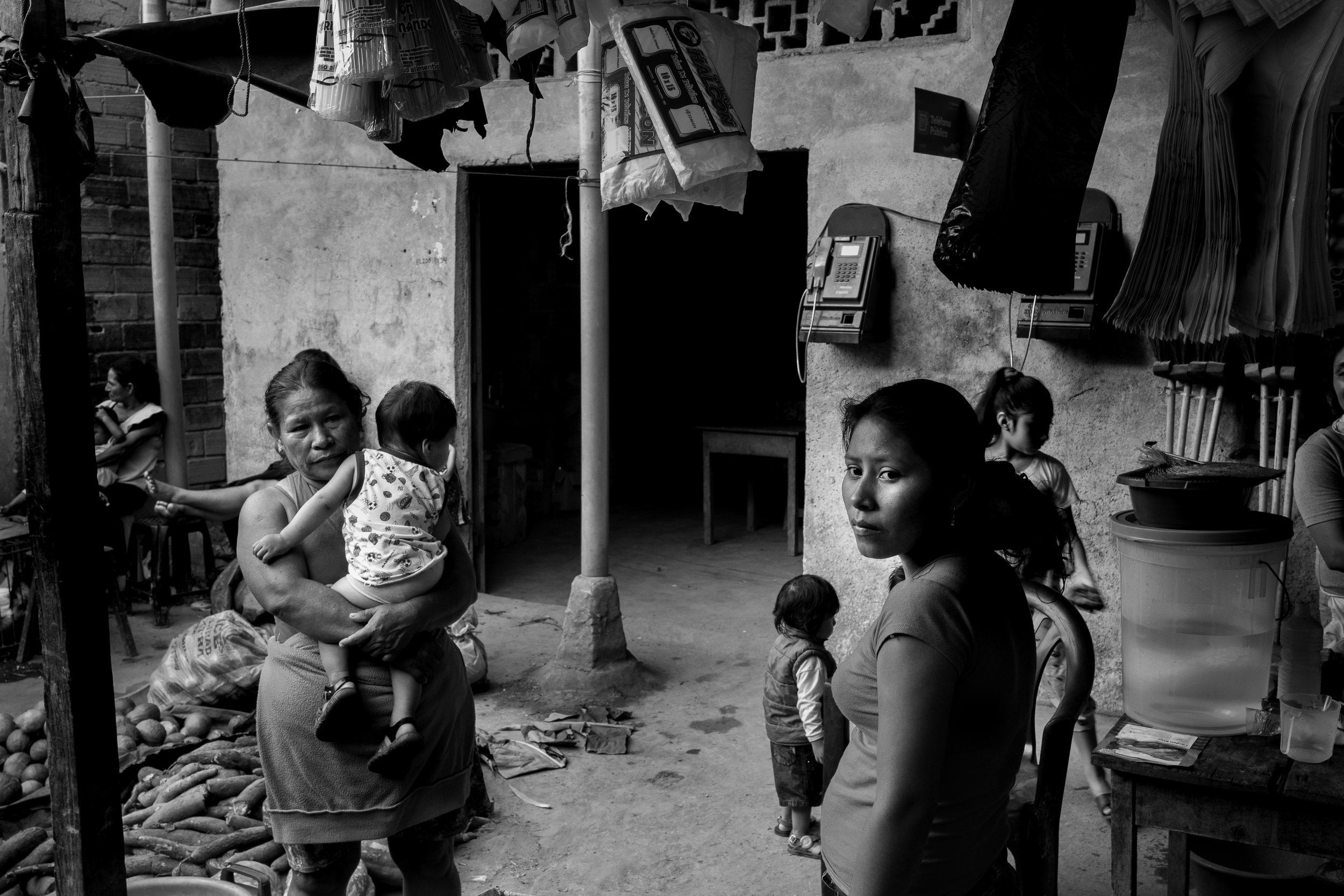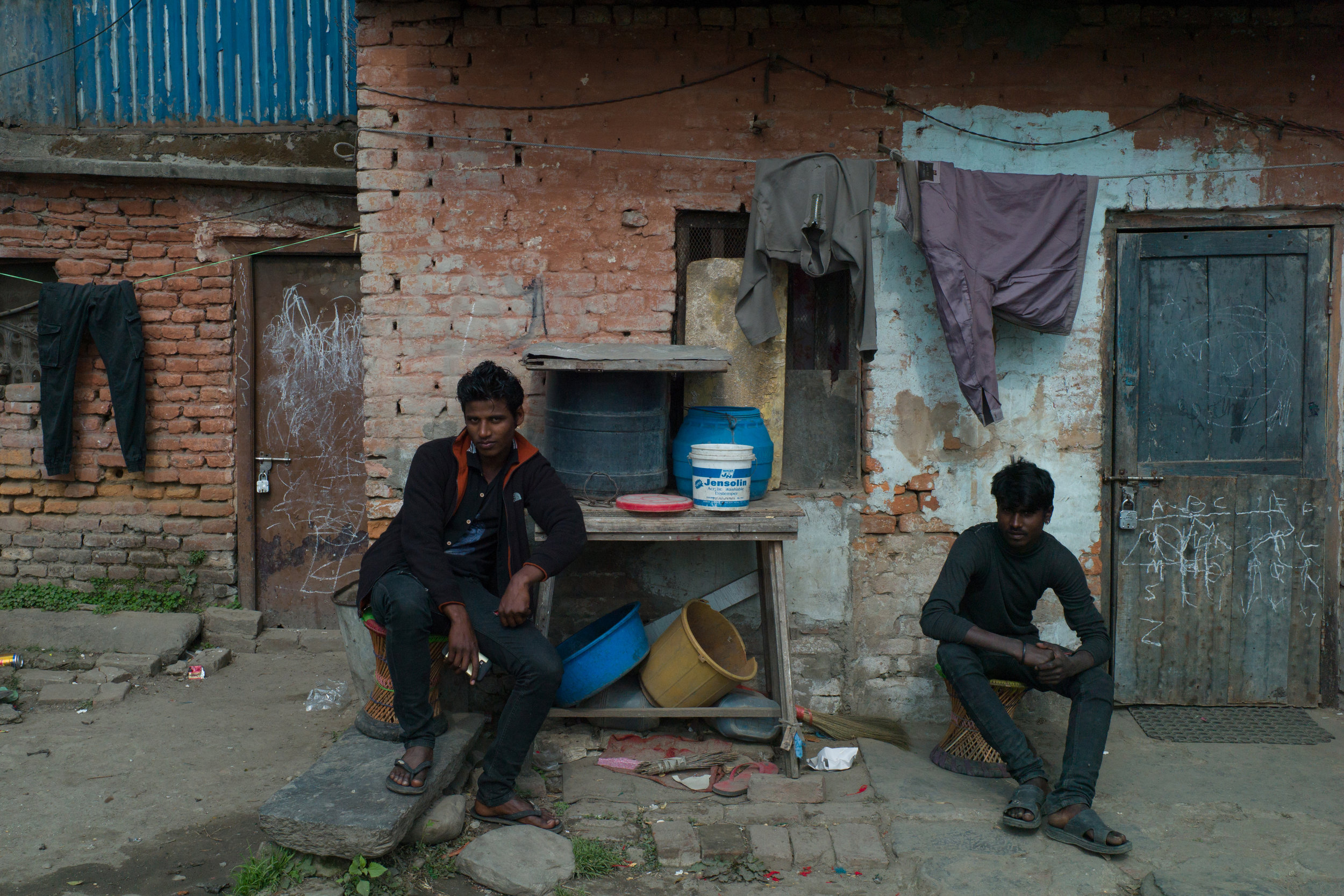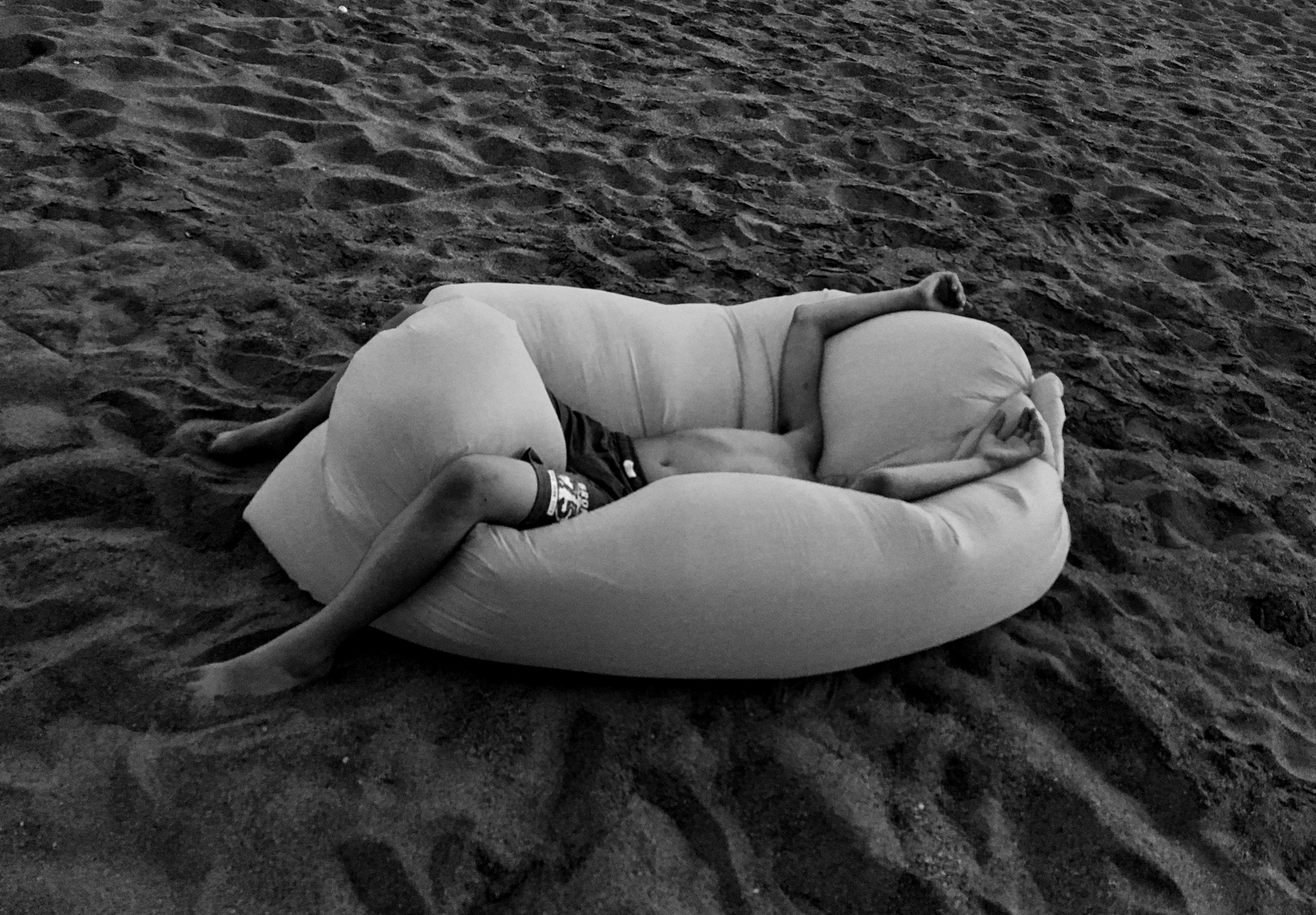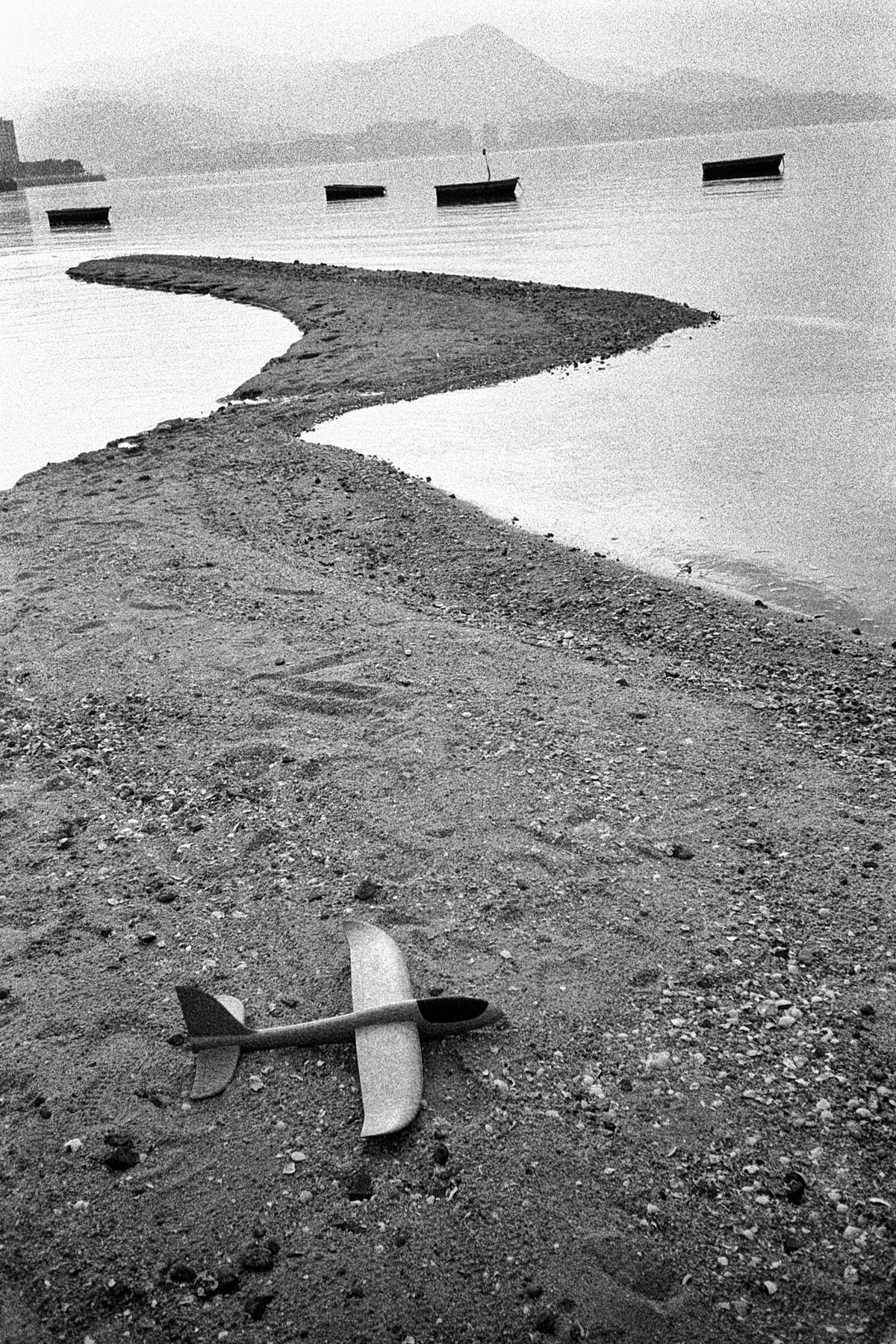My name is Costas Polinakis. I started my journey with B&W film thirty years ago, but later I switched to digital. I’m more interested in documentary and travel photography now. I currently live in Greece, but I’m very fond of exploring new places and cultures.
Everest Base Camp, Nepal. 2009
1 . Which was the most interesting place for you that you photographed? And why?
I think it was my first trip to Ghana with Nikos Economopoulos. Being my first time in an African country, the cultural differences inspired me to took some meaningful photos. So far, I love all the places I have visited and had a chance to shoot photos in, but Ghana felt special to me. I connected a lot both with the locals and the people I traveled with.
Cape Coast, Ghana. 2016
Cape Coast, Ghana. 2016
2 . For you what is the importance of the camera used in the field? What type of cameras you prefer and why?
I am not very fond of post processing in my photography. I’m looking for that perfect shot that I will not manipulate later on my computer. So I decide and act very quickly. For this reason, the camera is very important. In the past, I used to have good results with DSLR’s but lately I started using smaller cameras with fix lenses which are more versatile and inconspicuous. Sometimes I even use my phone which has wider 28mm alike focal length. All in all, I prefer to use smaller, unnoticeable and quick cameras with autofocus. They are easy to carry and don’t bother people like big DSLR’s.
Athens, Greece. 2018
3 . Do you make observations on an area to locate interesting backgrounds or revisit or you prefer a more spontaneous approach?
As I don’t have so much time to travel I prefer spontaneous photos, taken “in the moment,” so I can’t say I revisit the places that much. But generally, I pay attention to the elements of the location, the background, the light, shadows and then after this quick observation I begin to photograph. I am not thinking too much prior to taking a photo, for me the most important is grasping the unique expressions of people involved in some activity or just the subject’s mood.
4. How do you organize your time for photography?
Photography to me is always related with travelling to new places and meeting new people. As much as, I have time for travelling, I carry my camera with me and those are the times when I have a chance to actively shoot. Other than that, I carry my camera with me, but it’s rare that I come up with good results. Those are generally more personal photos of my family, especially my son Harry.
Crete, Greece. 2015
Ezerets, Bulgaria. 2017
5. What recommendations do you have for photographers interested in portrait and documentary photography?
Tlakoloula, Mexico. 2016
I recommend to new photographers to make observations even if they don’t carry a camera with them. Trying to understand the human situations is always a good approach and adds a lot to your photographic skills and language. This practice will give you the confidence you will need to get closer to your subjects. By doing this you will never need to use big telephoto lenses on people. I shoot mostly with moderate wide-angle lenses, so I have to go close and often I can't avoid interaction with the subject. It's much more difficult than shooting with a telephoto lens but the result is different.
And finally build your own ethical and moral rules. As the eye behind the camera, distorting or manipulating the truth will be in your hands, use this power carefully on your subjects and on your viewers.
























































